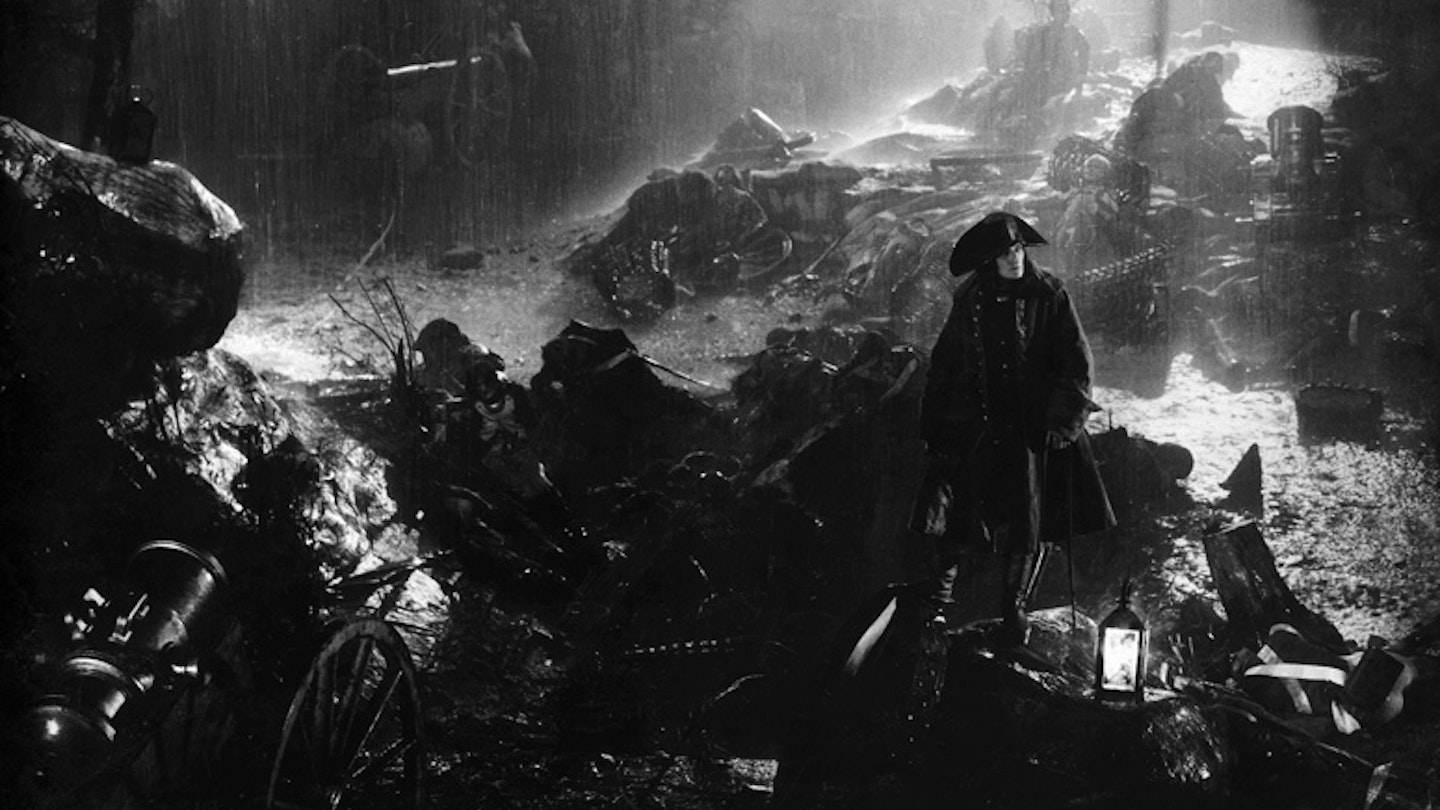Key filmmakers: Abel Gance, Louis Delluc, Germaine Dulac, Marcel L'Herbier, Jean Epstein
Key dates: 1918-1930
What is it? The French Impressionist filmmakers took their name from their painterly compatriots and applied it to a 1920s boom in silent film that jolted cinema in thrilling new directions. The devastation of World War I parlayed into films that delved into the darker corners of the human psyche and had a good rummage about while they were there. New techniques in non-linear editing, point-of-view storytelling and camera work abounded. Abel Gance’s Napoleon introduced the widescreen camera and even stuck a camera operator on rollerskates to get a shot, while Marcel L'Herbier experimented with stark new lighting styles. Directors like Gance, Germaine Dulac and Jean Epstein found valuable support from Pathé Fréres and Leon Gaumont, France’s main production houses, in a reaction to the stifling influx of American films.
As film writer David Parkinson points out in 100 Ideas That Changed Film, the group’s figurehead, Louis Delluc, was instrumental in the still-new art form being embraced as something apart, artistically and geographically. “French cinema must be cinema,” he stressed. “French cinema must be French.” And being French, it wasn’t afraid to get a little sexy if the circumstances demanded. Germaine Dulac’s The Seashell And The Clergyman, an early step towards surrealism, gets into the head of a lascivious priest gingering after a general’s wife in a way usually frowned on in religious circles. There’s much leering, a fractured psyche depicted by unnerving editing, strange awake-scapes and a seashell you definitely wouldn’t put anywhere near your ear. Like much of the movement’s output, it’s bonkers and brilliant, with a capacity to surprise that’s barely faded.
What to watch: Fièvre , The Smiling Madame Beudet, Napoléon (1927)
What did it influence? Everything, basically. You can trace the dislocated timelines of Alain Resnais’ Last Year At Marienbad, the cross-cutting of the French New Wave and the melancholic lyricism of Jean Cocteau and Poetic Realists like Marcel Carné back to this avant-garde movement. Marcel L'Herbier’s El Dorado (1921) even provided an early case study in going wildly over budget.
Trivia: Abel Gance’s The Wheel rolls in at 32 reels – cinemagoers needed to clear three evenings to see it.
What to say: “Marcel L'Herbier worked with production designers like Alberto Cavalcanti to create a kind of total cinema or, if you prefer, ‘Gesamtkunstwerk’.”
What not to say: “I love that one with all the water lilies.”
